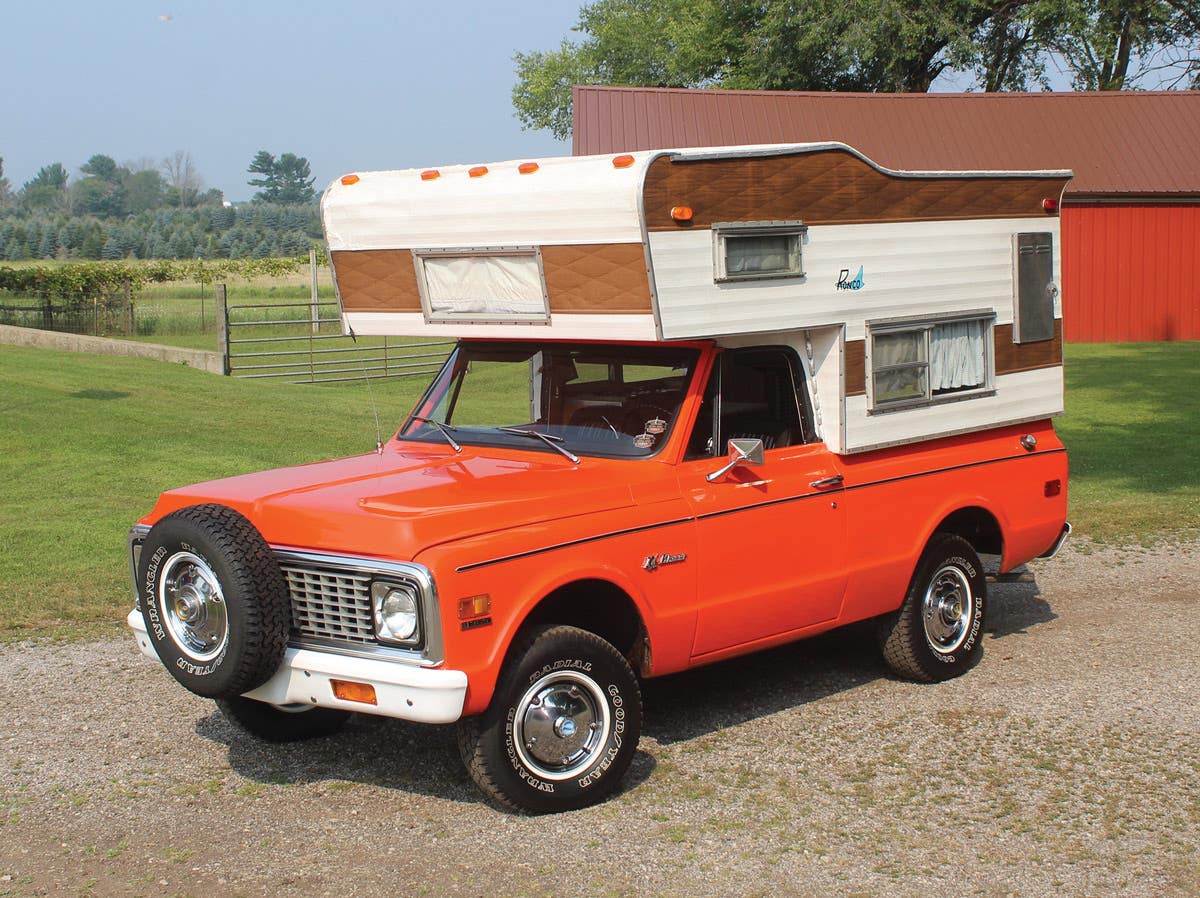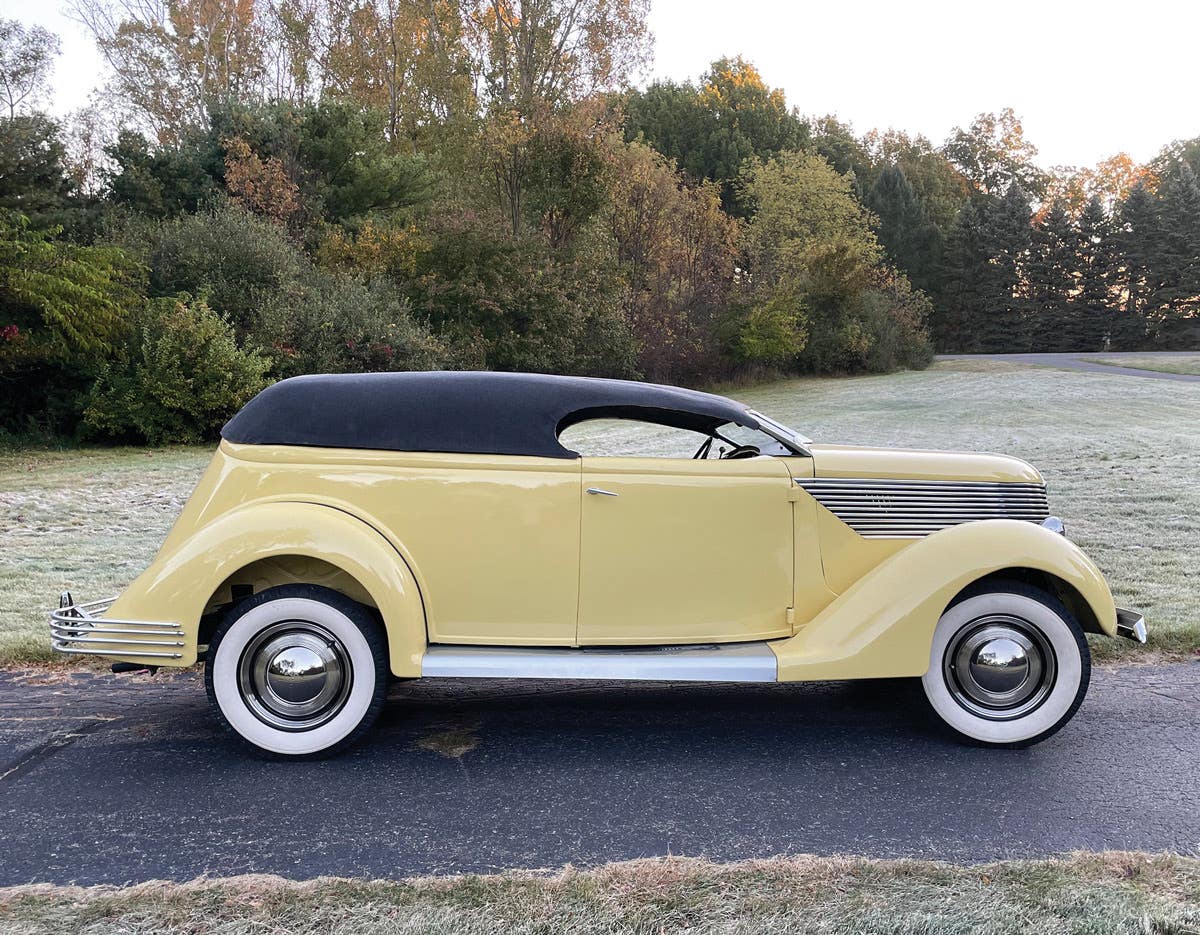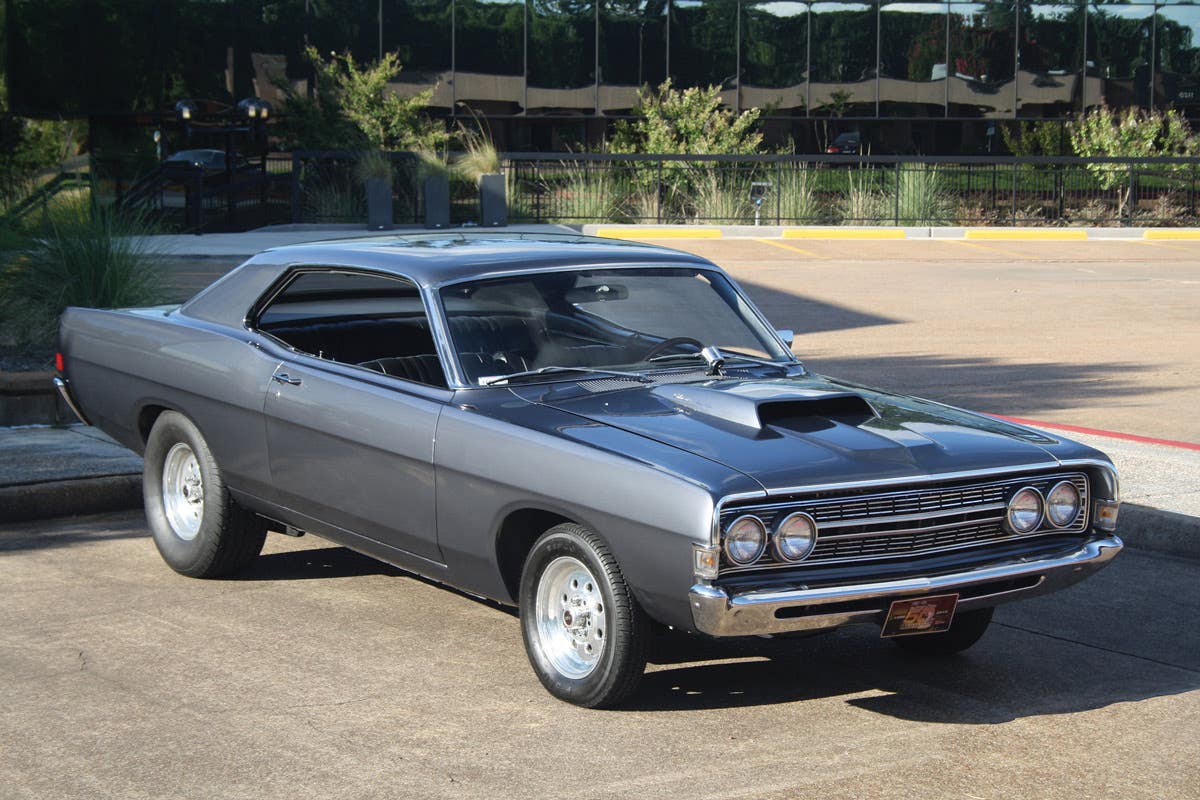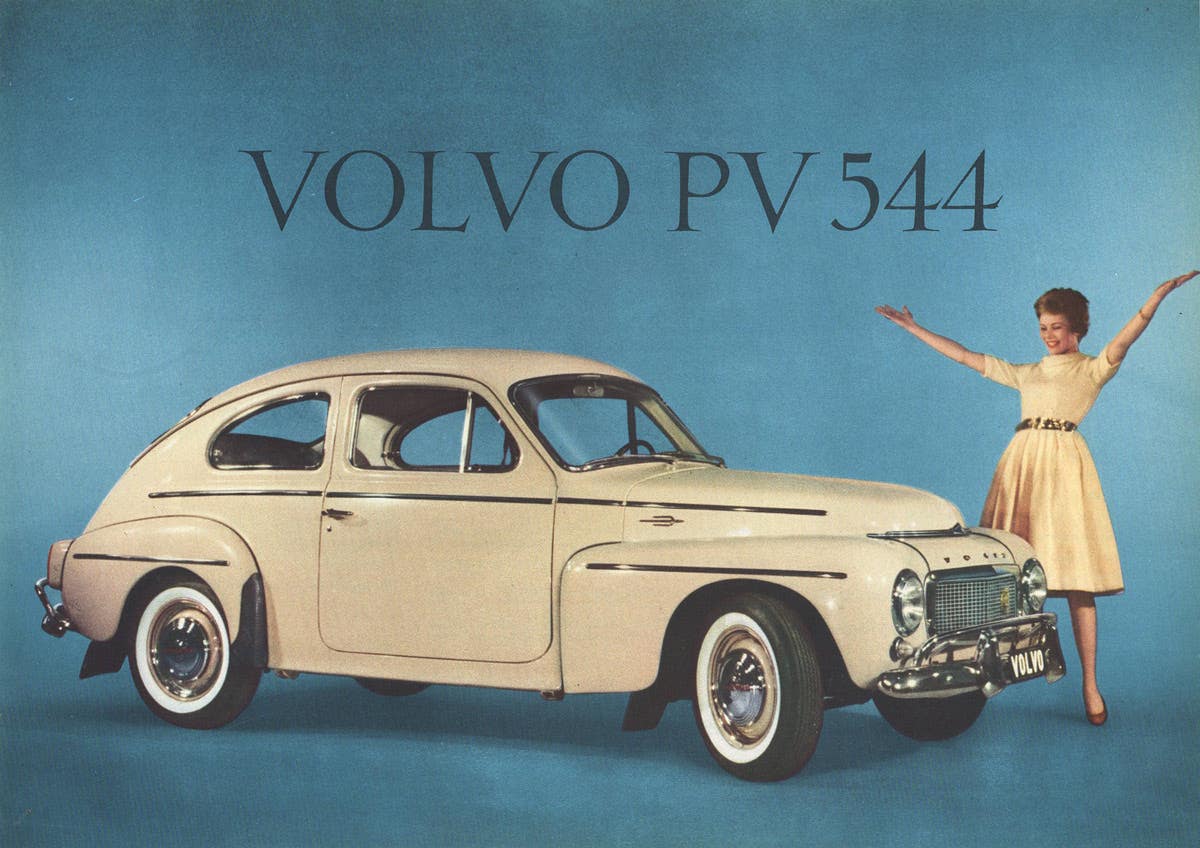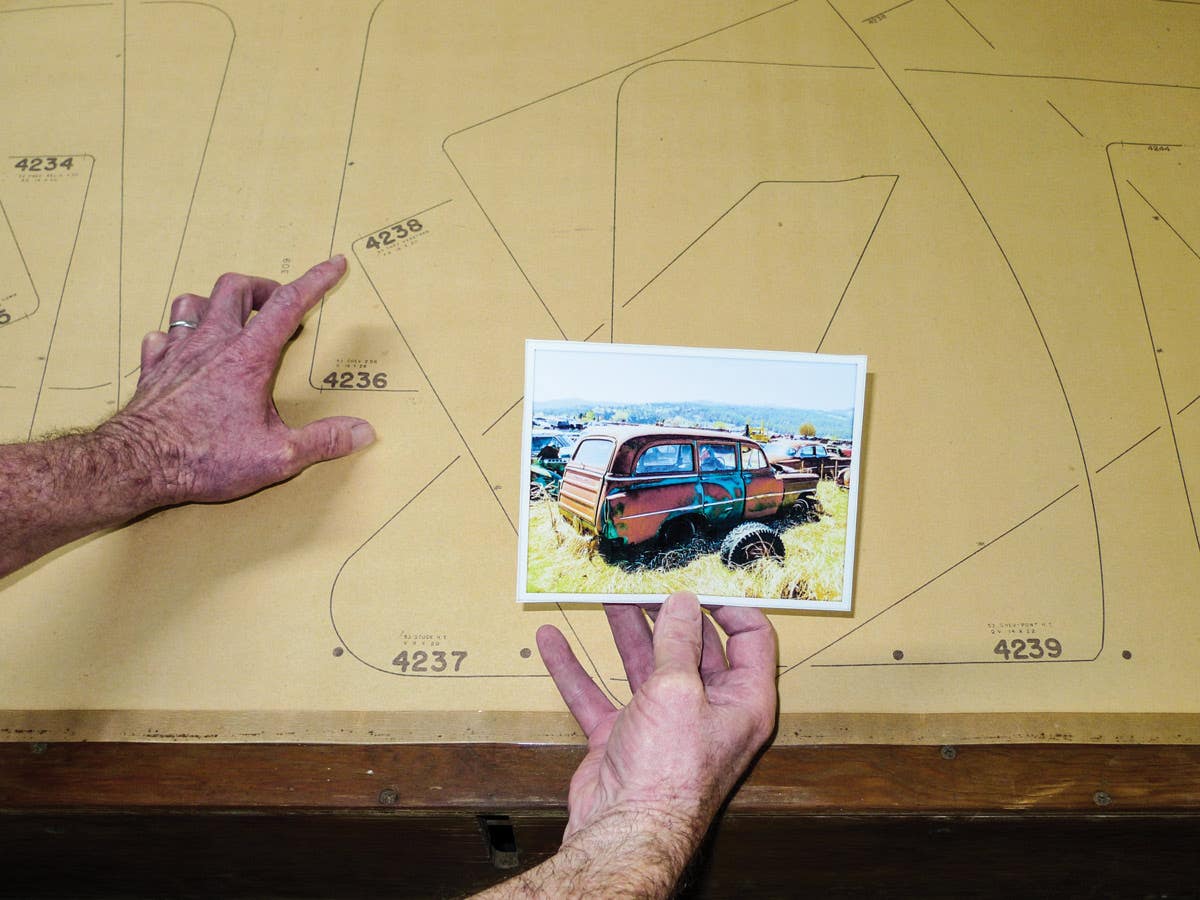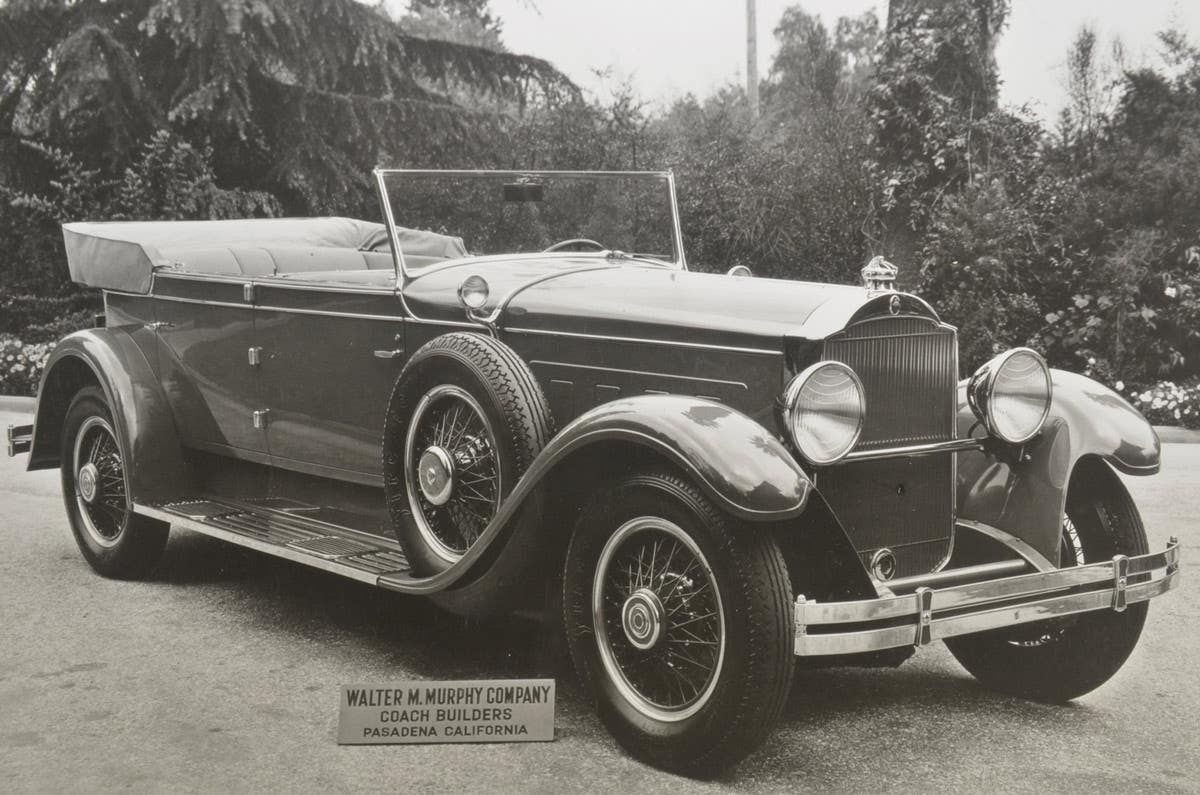Oklahoma collector goes for best of the brass era
This Oklahoma collector has a passion for old cars, but his interest is in the oldest of the old — the horseless carriages and brass-era vehicles that launched the automotive industry.
Don Boulton, second from left, points out features on his
nickel-era Oldsmobile. Nickel plating was the successor to brass
and dominated as the finish of choice until the rise of chrome
plating in the late 1920s.
Don Boulton has more than a dream. He has a passion for old cars, but unlike many collectors, his interest is in the oldest of the old — the horseless carriages and brass-era vehicles that launched the automotive industry.
And Boulton enjoys opening the doors to his collection for visitors during the annual meet at Chickasha, near Oklahoma City. It’s a wonderland, for sure, with cars snugly fit in proper order and displayed in pristine condition, awaiting the ogling eyes of amazed spectators.
The collection offers us a chance to again see mechanical achievements that we should not forget.
Boulton likes Popes. While that pioneering manufacturer deserves its own full-length article, suffice to say that his 1904 Pope-Tribune represents the low-end of Pope products. It’s a one-cylinder, Model 2 runabout, delivering 6 hp. Col. Albert Pope earned his title during the Civil War and knew how to command a car company. He placed his son Harold Pope in charge of the Tribune version built in Hagerstown, Md., from 1904 to 1908. Boulton’s little Pope-Tribune sold new for around $650.
Col. Pope wanted to build an automotive empire, and many other great cars were in his lineup — great in size, price and notoriety.
Plenty of brass radiators and white tires frame the stately cars
lined up in the dreamland of Don Boulton.
When you see an early Pope-Toledo (made in that Ohio city), you feel dwarfed. Col. Pope wanted it that way. Stately, tall and substantial in size and price ($3,500 range), the Toledo version came from from the remains of the International Motor Car Co. factory. Incorporating that facility into the “Pope plan” made the 1904 launch possible. It was a strong four-cylinder competitor in an era when one- and two-cylinder engines dominated the market. The Toledo version made points against the likes of Mercedes and Mors — advanced European cars that Americans emulated.
The 1911 Pope-Hartford that Boulton displays reminds visitors of the Connecticut connection. Introduced in 1904, it occupied the medium range in the Pope dynasty of motordom — $1,000 on up, with select models topping $5,500 by 1913. Of all the Pope sub-brands, this lasted longest, into 1914.
The 1913 Mercer is a car any stout-hearted, fun-loving young motorist adored in when it came out. Combine Stutz with Corvette and add a dash of a few European exotics and you get the picture. It had class, prestige, speed and performance. People took notice. Made in Trenton, N.J., from 1910 to 1925, Mercer’s famous T-head engine of about 300 cubic inches sat on wheelbases of 108 and 118 inches and scooted the car to five wins in six races in 1911.
Boulton’s fabulous collection includes other great cars, too: a 1914 Lozier Meadowbrook roadster, a 72-hp 1912 Locomobile Model 48 roadster and a 1910 Packard Model 30 touring, to name a few. All are prestige cars. All were reliable in their day. All were great among greats. Each a fulfiller of dreams.
That’s the way motoring was launched. Ideas fed dreams and fired passions. It’s the same for collectors today. Just ask Don Boulton.
CLICK HERE to tell us what you think in the Old Cars Weekly forums



